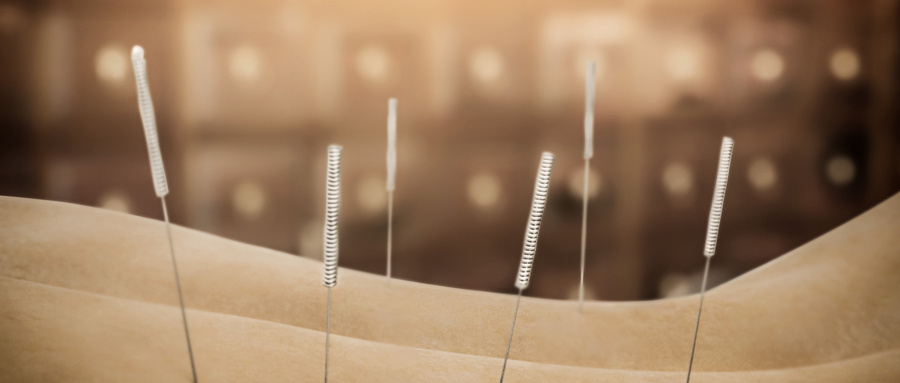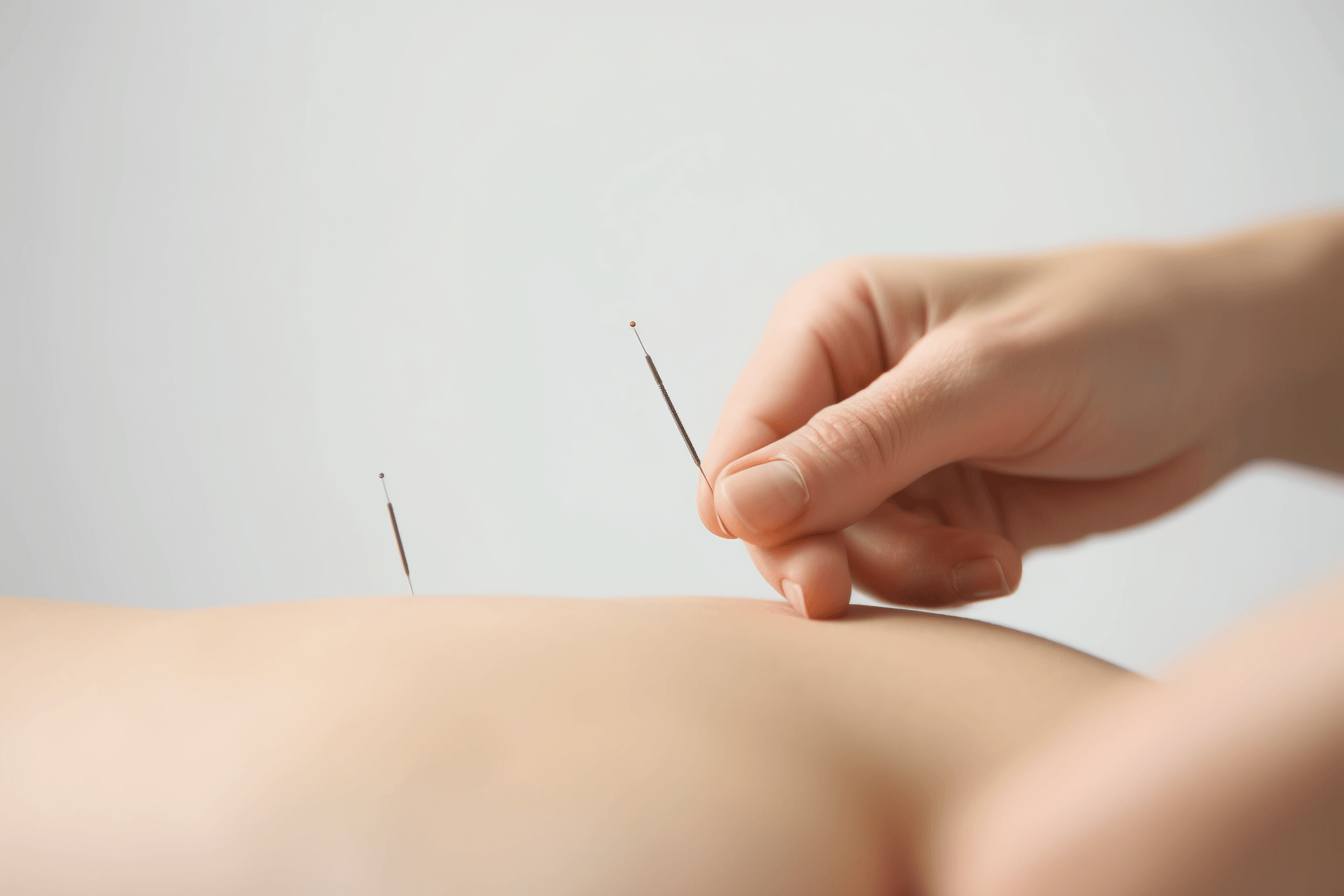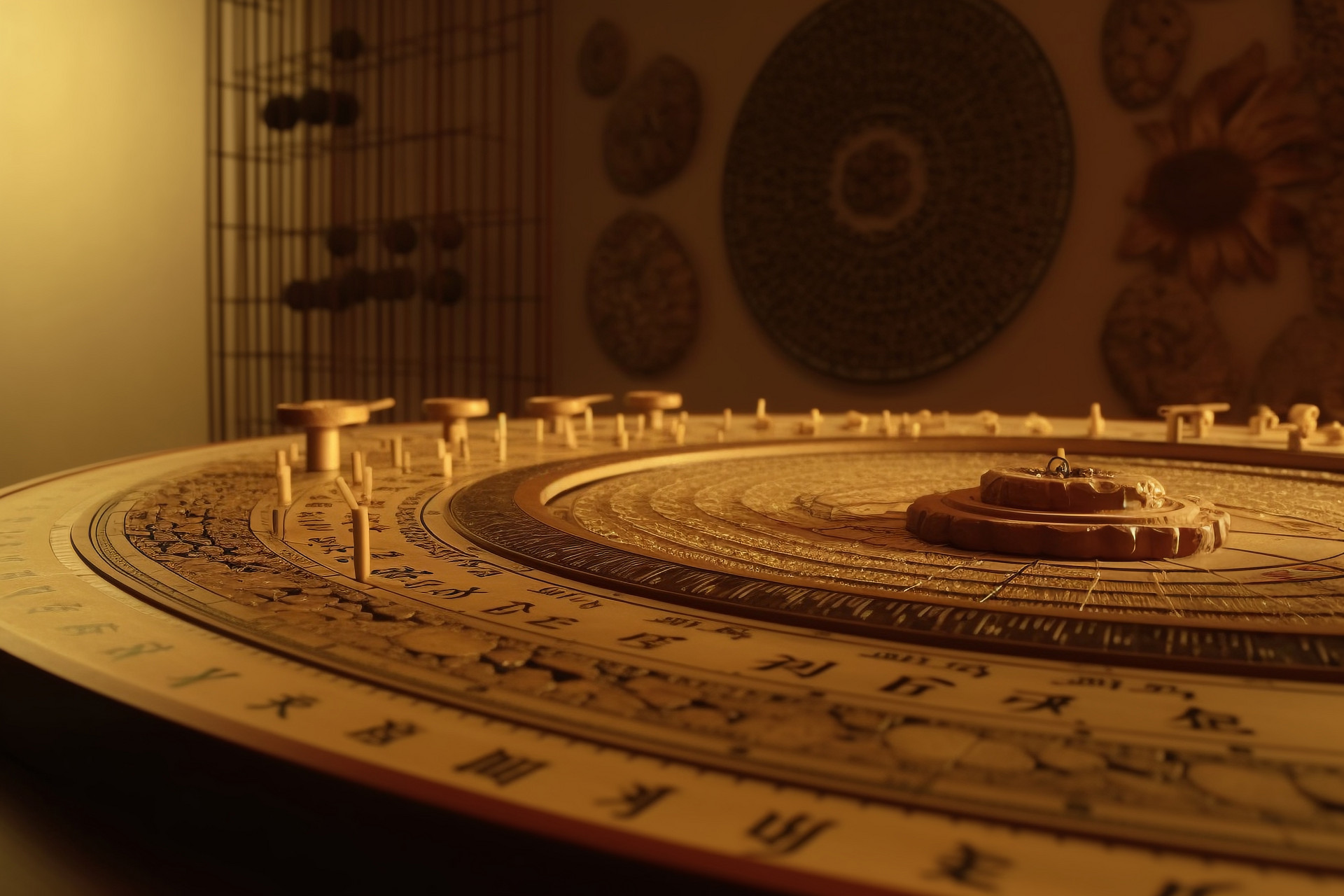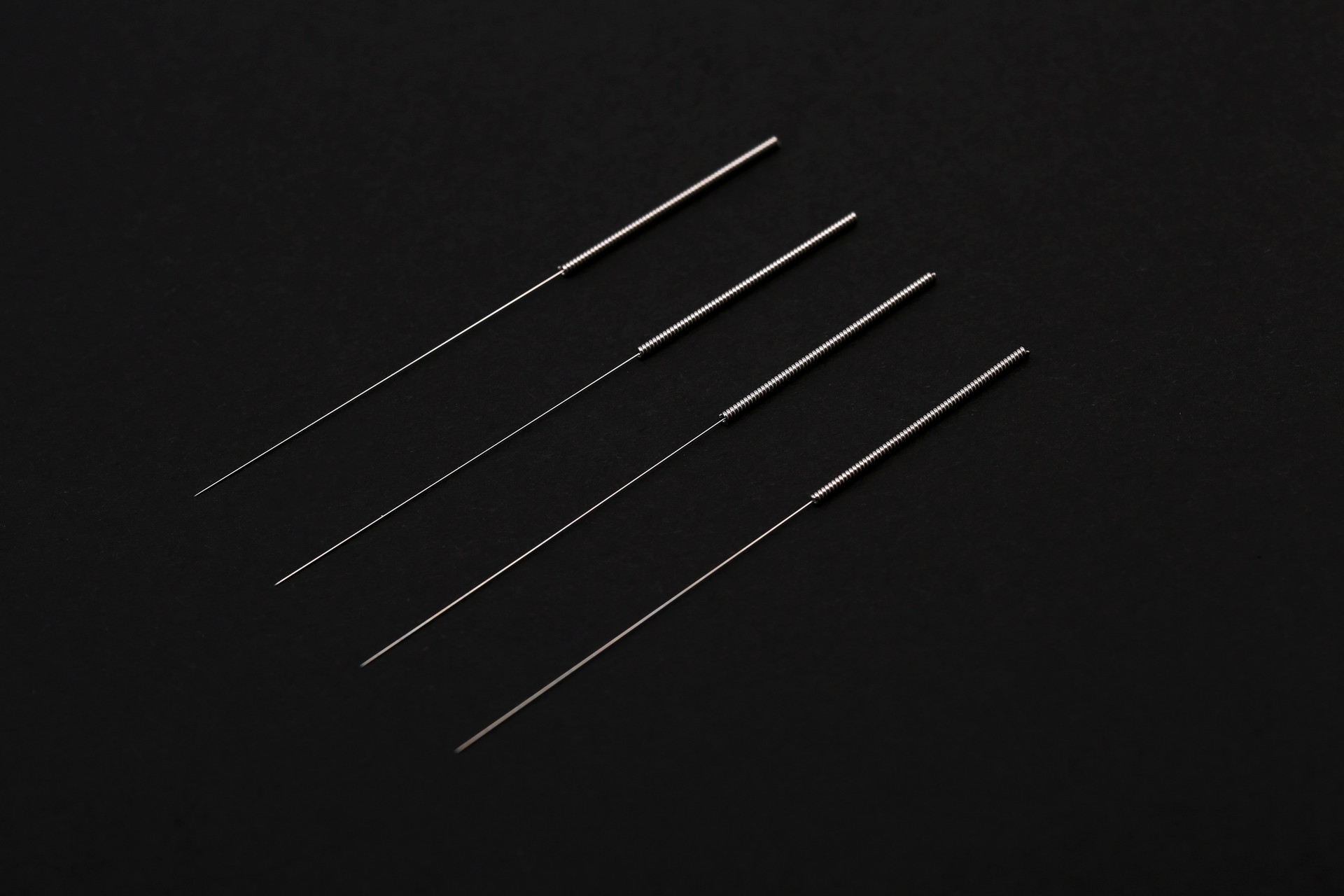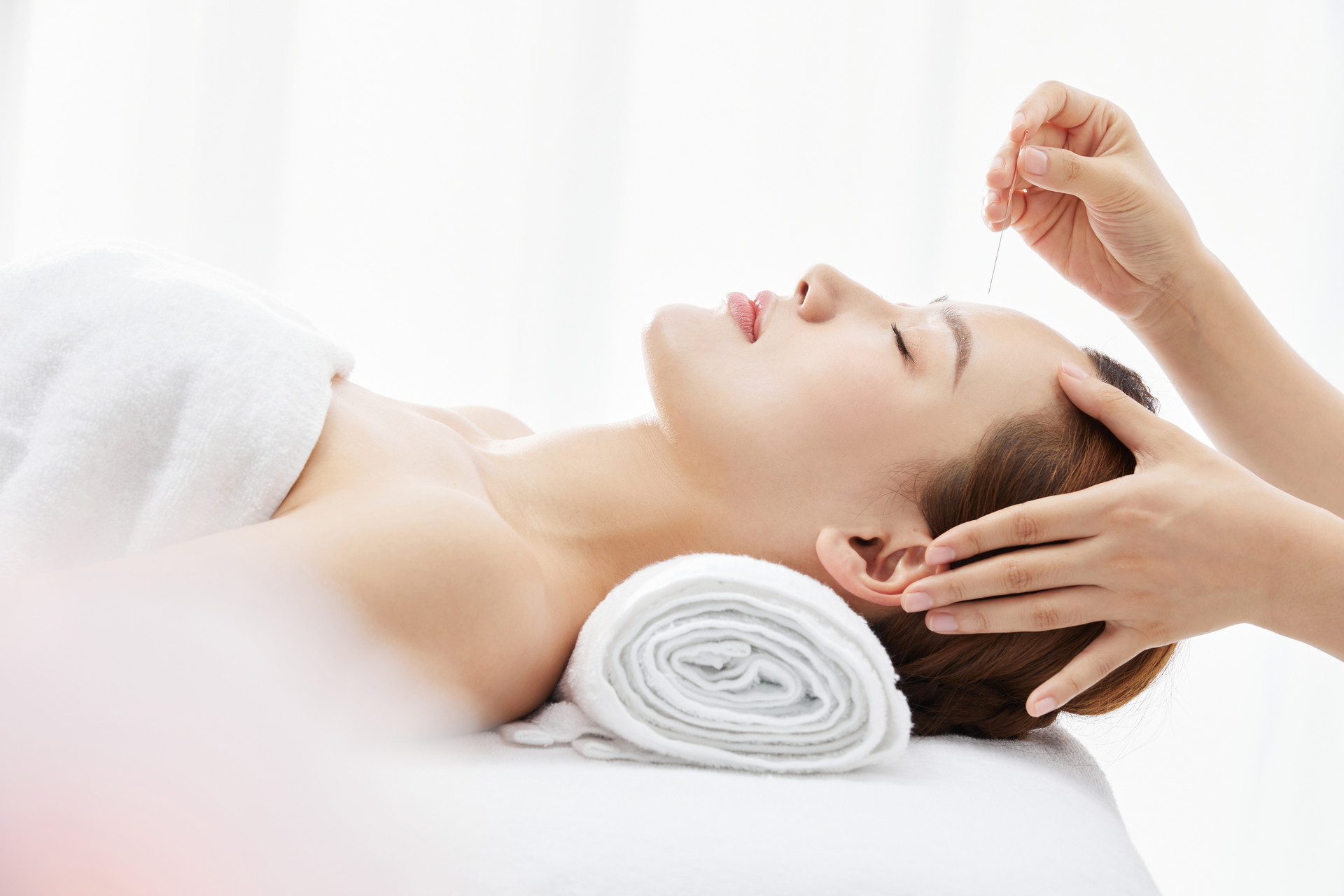With the development of society and the improvement of living standards, people's health is getting worse. Due to the high life pressure, there is an accelerated occurrence of sudden symptoms such as stroke, herniated disc, and spinal diseases. How should we prevent these conditions? Today, I will introduce the use of traditional Chinese acupuncture to treat ischemic stroke.
Acupuncture Three Passage Method for the Treatment of Ischemic Stroke
Acute ischemic cerebrovascular disease, also known as ischemic stroke, generally has a poor prognosis and is characterized by a high incidence, high mortality, and high disability rate, which brings a heavy burden to society and families.
In more than 50 years of medical practice, the theory of "disease due to Qi stagnation, treatment using the three passage method" and the acupuncture treatment system of "He's acupuncture three passage method" have been established. In the development process of any disease, Qi stagnation is the general pathogenesis. Acupuncture treats diseases by regulating Qi circulation, thereby curing the disease. He Laoshi has done a lot of research and improvement work on traditional treatment methods such as filiform needle, fire needle, moxibustion, cupping, and bloodletting. He summarized various acupuncture methods into the "micro passage method" which emphasizes the use of filiform needle puncture, the "warm passage method" which emphasizes the use of fire needle and moxibustion, and the "strong passage method" which emphasizes the use of bloodletting. The combination of these three methods, used according to the symptoms, is called the "three passage method".
The "micro passage method" mainly refers to filiform needle puncture, which functions to promote the circulation of meridians and regulate Qi and blood. It is widely used in clinical practice and is suitable for various diseases such as internal injuries, external infections, deficiency and excess, cold and heat, men, women, and children. It is used to treat a variety of diseases in internal medicine, surgery, gynecology, pediatrics, ophthalmology, dermatology, and other departments, with more than 300 diseases, including more than 100 with proven efficacy. The "micro passage method" is not only suitable for various chronic diseases such as paralysis, chronic skin diseases, and gynecological diseases, but also has good effects on some emergencies and severe conditions such as syncope, hypertension, and stroke. It is the basic method of all acupuncture techniques.
The "warm passage method" mainly refers to the use of fire needle therapy. The characteristic of this method is to heat the needle and then insert it into certain acupoints or areas of the body to remove diseases. He Laoshi has conducted research on fire needle therapy for decades and has advocated the exploration, application, and development of this traditional treatment method. He has expanded the indications of fire needle therapy, with more than 30 diseases being treated effectively, especially for some difficult diseases. Fire needle therapy can increase the body's Yang Qi, stimulate meridian Qi, regulate organ functions, promote meridian circulation, promote blood circulation, dispel cold and dampness, clear heat and detoxify, disperse swelling and dissolve masses, eliminate putrefaction and drain pus, promote tissue regeneration and wound healing, tonify the kidneys and strengthen yang, warm the middle and invigorate the stomach, raise yang and lift sinking, nourish the lungs and relieve asthma, relieve pain, relieve itching and numbness, control convulsions, and extinguish wind.
The "strong passage method" refers to bloodletting therapy, which involves piercing superficial blood vessels in certain parts of the body with a triangular needle or other instrument and releasing an appropriate amount of blood according to the different conditions of the disease. It has the characteristics of simple operation, safety, wide indications, and quick effectiveness.
The theory and application of the "He's acupuncture three passage method" in the clinical treatment of acute and recovery stages of stroke have shown good efficacy.
Indications for the "micro passage method": The "micro passage method" is specifically used for stroke and can be widely used in various types of patients in the acute, recovery, and sequelae stages of stroke, involving meridians and internal organs.
Indications for the "strong passage method": It is mainly used to treat symptoms such as acute confusion, restlessness, headache, fever, vomiting, and numbness of limbs in the acute stage, as well as numbness and even tongue contraction that occur during the recovery stage. It should be combined with the "micro passage method" to promote smooth Qi circulation.
Indications for the "warm passage method": Recovery and sequelae stages of stroke. First, use fire needle therapy to warm and promote meridians, strengthen Qi and blood circulation, and then use the "micro passage method" to regulate Qi and blood circulation to treat common symptoms such as hemiplegia, finger flexion inability, limb swelling, and numbness.
Contraindications:
1. Precautions and contraindications for the "micro passage method":
- Avoid acupuncture in cases of hunger, fatigue, and high mental stress. For patients with weak constitution, avoid excessive stimulation.
- Use with caution or avoid during the first three months of pregnancy and during menstruation.
- Do not needle the fontanelles of infants with open sutures, and do not leave the needle in for too long.
- Patients with spontaneous bleeding or non-stop bleeding after injury should not be needled.
- Do not needle areas of the skin with infection, ulcers, scars, or tumors. Take precautions to avoid damaging important organs.
2. Contraindications for the "strong passage method":
- Same as the contraindications for the "micro passage method". Additionally, patients with Yin deficiency and blood deficiency, extreme physical exhaustion, or weak pulse should not undergo bloodletting (except for patients with sudden fainting).
- Patients with edema should not undergo bloodletting.
- Patients prone to bleeding should not undergo bloodletting.
- Avoid bloodletting in cases of extreme fatigue, hunger, thirst, drunkenness, or anger.
3. Contraindications for fire needle therapy:
- Same as the contraindications for the "micro passage method". Additionally, fire needle therapy should not be used in patients with diabetes because their needle holes are slow to heal. Avoid using fire needle therapy in certain parts of the body such as major blood vessels, organs, and major organs. During fire needle therapy, abstain from sexual activity and avoid eating raw and cold food. After fire needle therapy, bathing should be avoided on the same day to prevent needle hole infections.
Technical operational methods:
1. Equipment preparation:
- For the "micro passage method", use Huatuo brand stainless steel needles made of high-quality austenitic stainless steel (equivalent to Japanese 304 steel).
Please note that this translation is provided for informational purposes only. It is always recommended to consult with a qualified healthcare professional before attempting any medical treatments.


